Lighthouses of Penobscot Bay and Beyond
With 65 majestic lighthouses, Maine is known as the Lighthouse State. No, it’s not the state with the most lighthouses (Maine is second!), but Maine’s lighthouses line its pristine coast from New Hampshire to Canada. These historic structures, built between 1790 and 1910, are a testament to Maine’s rich maritime history. For centuries sailors engaged in exploring, commerce and trade, and fishing have relied on these beacons to safely navigate their way home. Though the structures of most of these lighthouses are now privately owned or owned by non-profit organizations, most of the lights are still active and maintained by the U.S. Coast Guard.
In Penobscot Bay alone, where our windjammers are homeported, there are nearly 20 lighthouses marking the entrances to the thoroughfares and safe harbors of the Bay. Windjammers routinely sail past many of these lighthouses, treating guests to close-up views of these iconic monuments. The Maine Windjammer Association vessels hail from Camden and Rockland, home to Curtis Island Lighthouse and the Rockland Breakwater Lighthouse, respectively. On any given trip, after sailing by one of these lighthouses heading out into Penobscot Bay, the sailing course might lead past Indian Island Light, marking the entrance to Rockport Harbor, or Owls Head Lighthouse, marking the entrance to Rockland Harbor. (If you sail past Owls Head lighthouse, be sure to ask about its haunted history!) Or heading north up Penobscot Bay you may sail past Grindle Point Lighthouse on Islesboro Island, or Dice Head Light in the small coastal village of Castine. Alternatively, Windjammers heading east may cruise by Eagle Island Lighthouse or sail past Mark Island Lighthouse marking the entrance to the Deer Isle Thoroughfare.
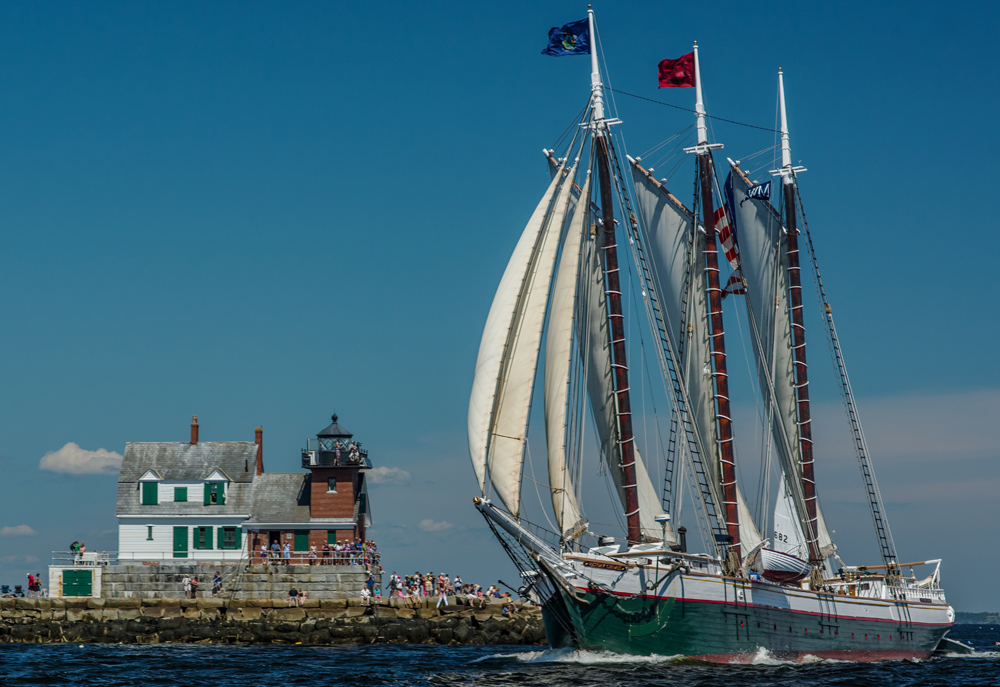
While many of these lighthouses can be viewed from the mainland, there are several that can only be seen by boat. To view these lights from the water gives one the sense of grandeur that sailors over the years have experienced. To feel that sense of relief, safety, and beauty that sailors and fishermen must have felt upon seeing their shining lights is awe-inspiring. Imagine finally catching a glimpse of their signal as you approach the rocky shore. Imagine the overwhelming responsibility the lighthouse keepers shouldered as they kept the lights burning night after night all year long. Imagine the isolation that some keepers must have felt as they served their duty alone in the keeper’s house.
Two lighthouses that you won’t catch sight of from the mainland are Browns Head Lighthouse (built 1857) and Goose Rocks lighthouse (built 1890). They mark the western and eastern ends, respectively, of the Fox Island Thoroughfare which cuts between North Haven and Vinalhaven, two islands with small year-round communities in the middle of Penobscot Bay. These islands were originally dubbed the “Fox Islands” in the 1600s due to the large number of gray foxes that used to run wild on the land. From the 1700s on, these islands were hubs of trade, fishing, and granite quarrying, and the routes were so important that the government agreed to establish lighthouses there.
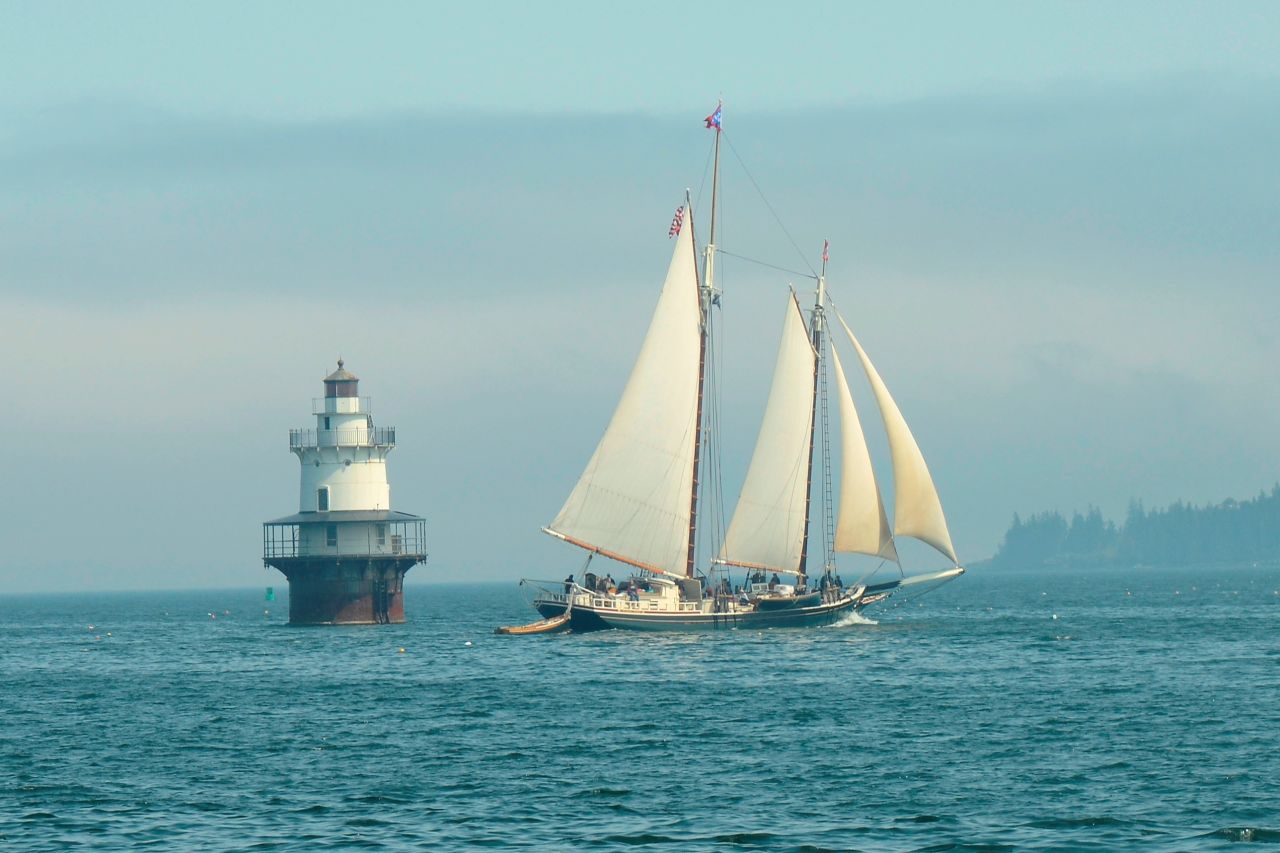
Another hard to view lighthouse is Isle au Haut Light. On the eastern side of Penobscot Bay sits Deer Isle and copious smaller pine-clad islands with granite cliffs. The granite on these islands provided the foundation for lighthouses and bridges along the east coast. To the south of these islands lies Isle Au Haut. Named by explorer Samuel De Champlain, Isle au Haut is French for “high island” – on a clear day you can see its hilly shores from the mainland. The island is now part of Acadia National Park. The waters off of Isle au Haut have been fertile fishing grounds for centuries but the ledges surrounding the island were treacherous. In 1907, the U.S. Army Corp of Engineers built the lighthouse to mark Isle Au Haut’s harbor – one of the safest harbors in the area. The light was automated in 1934.
Longer Windjammer cruises open up the possibility of seeing some of the lighthouses that are further offshore or further downeast in Jericho and Blue Hill Bays or off of Mt. Desert Island. Windjammers have been known to sail by Saddleback Ledge Lighthouse, Blue Hill Bay Lighthouse, Bass Harbor Lighthouse, and Mt. Desert Rock Lighthouse, just to name a few. No matter the length of the cruise though, guests are sure to sail past a lighthouse–and probably quite a few!
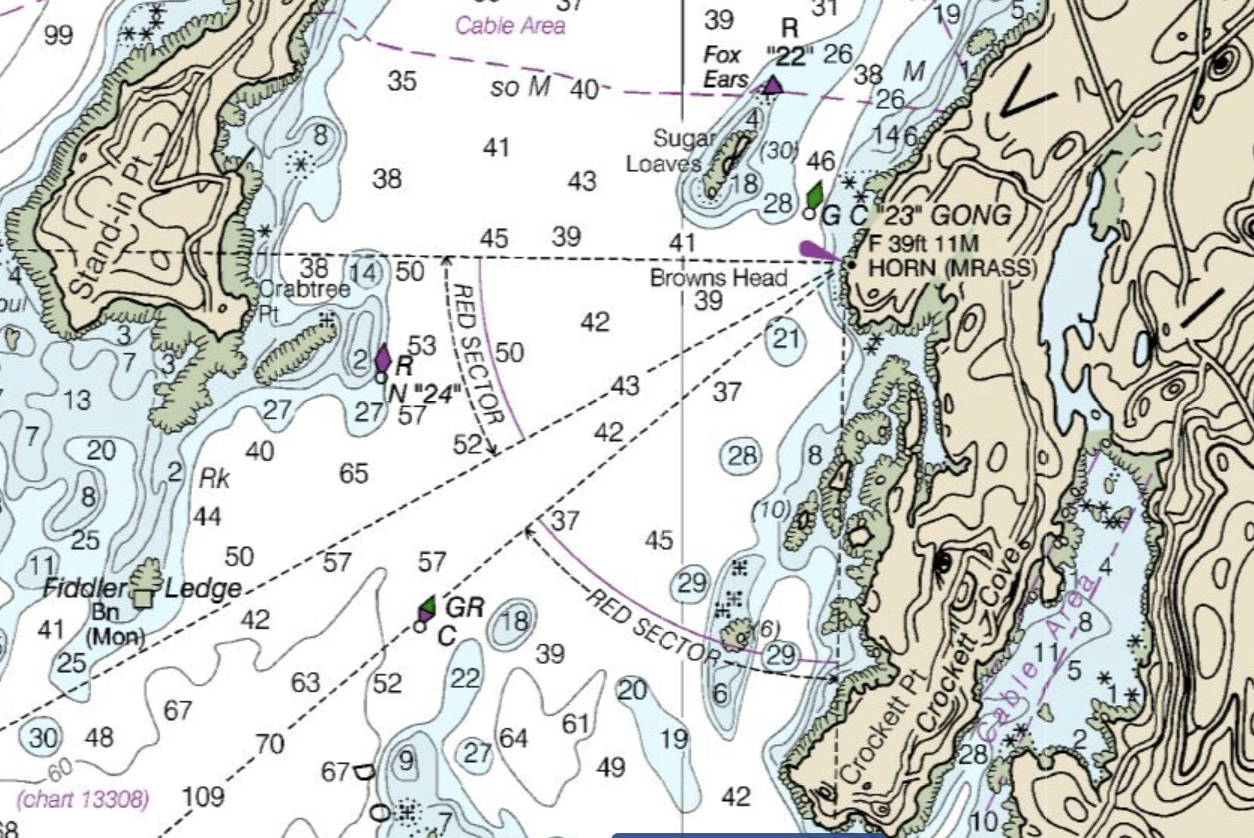
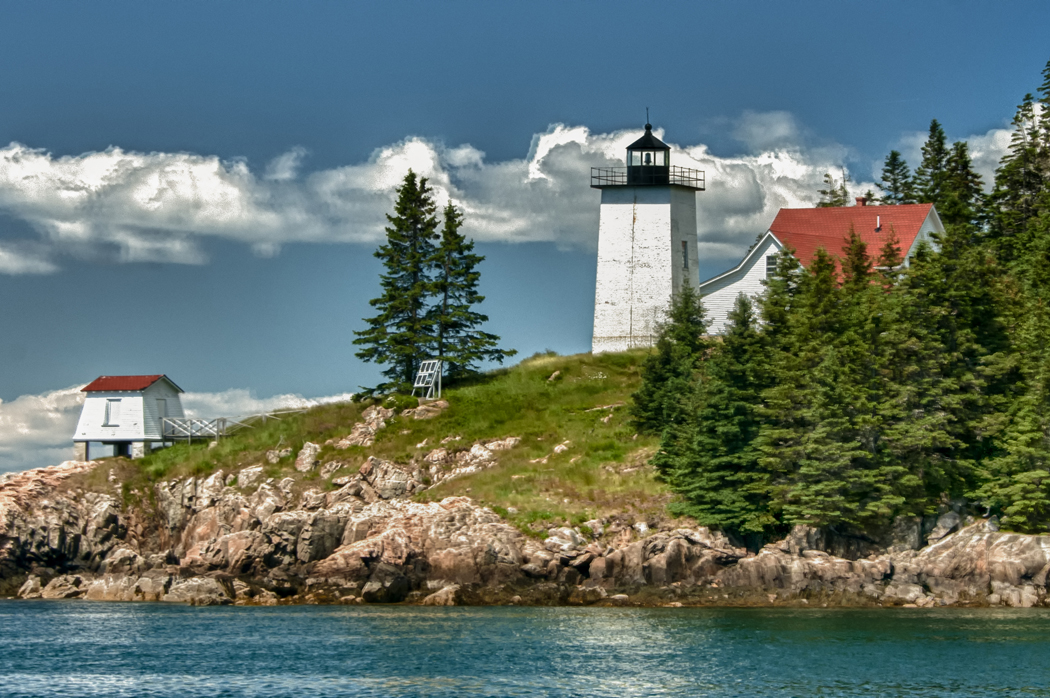
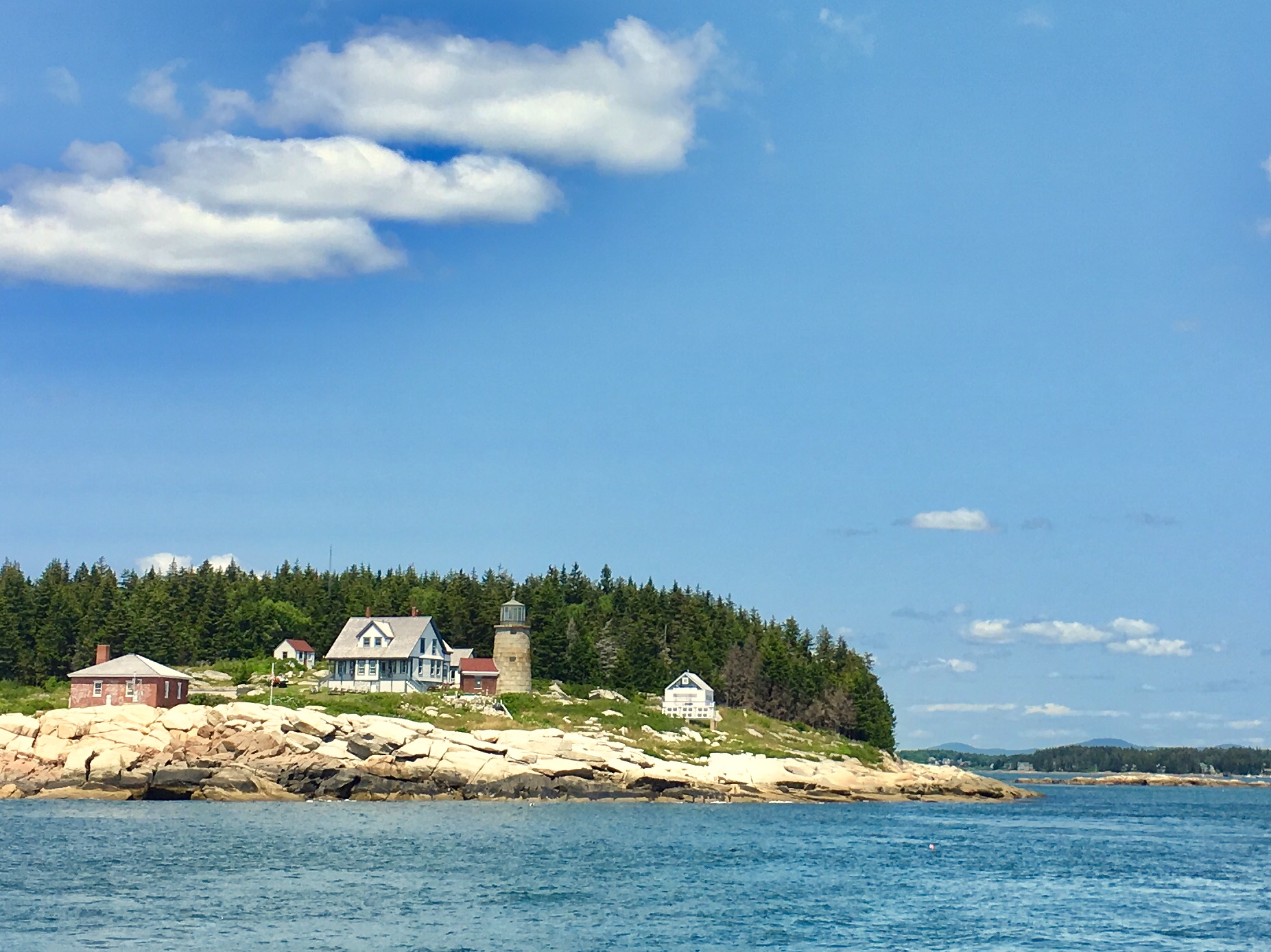
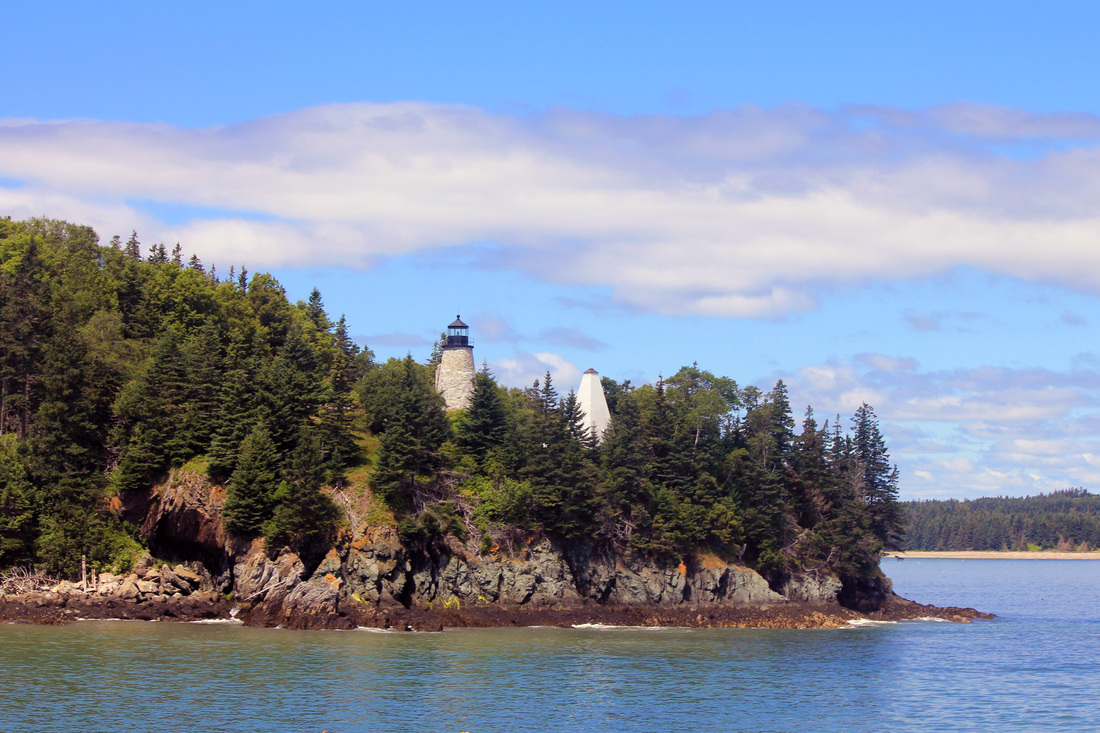
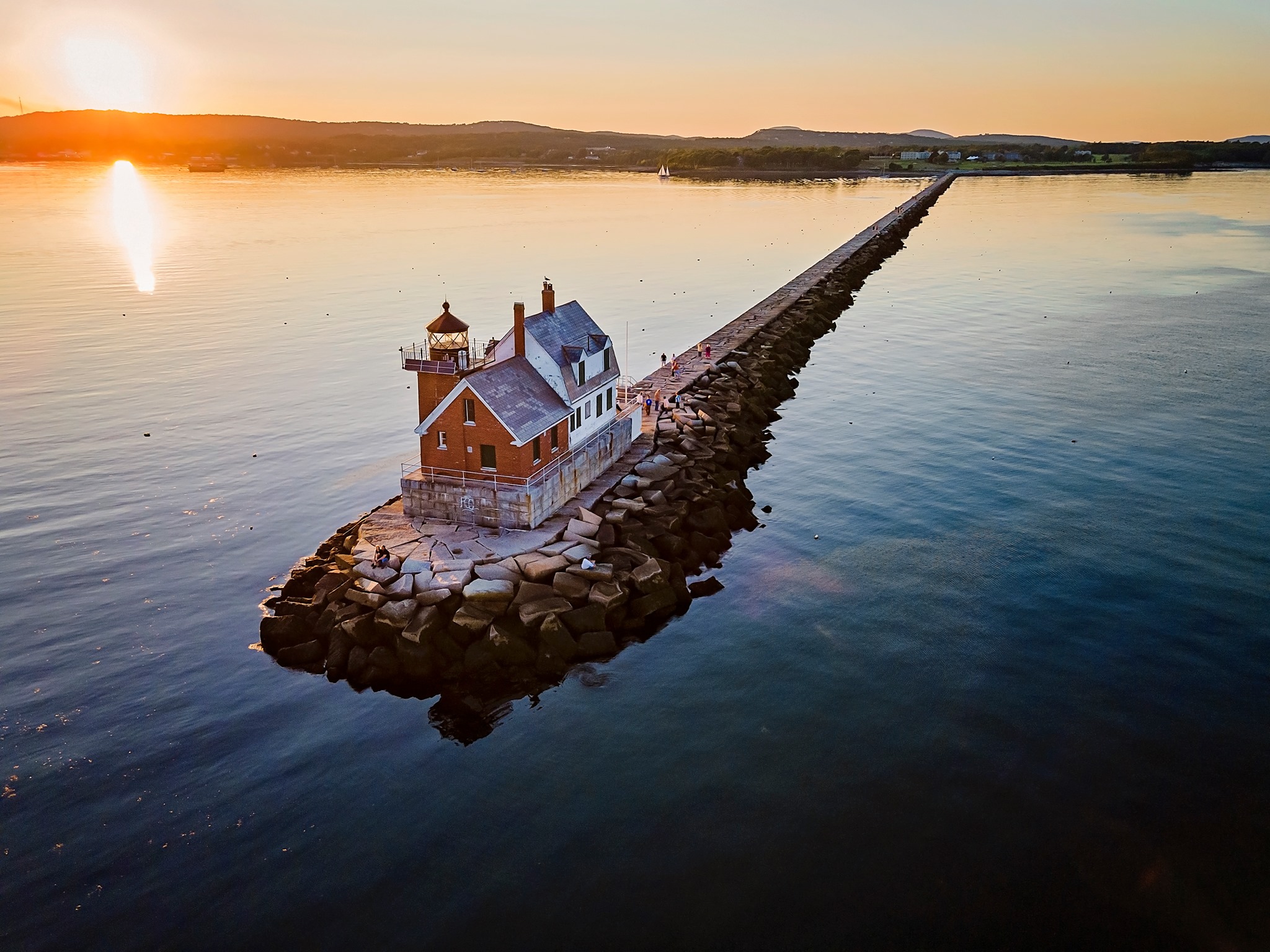
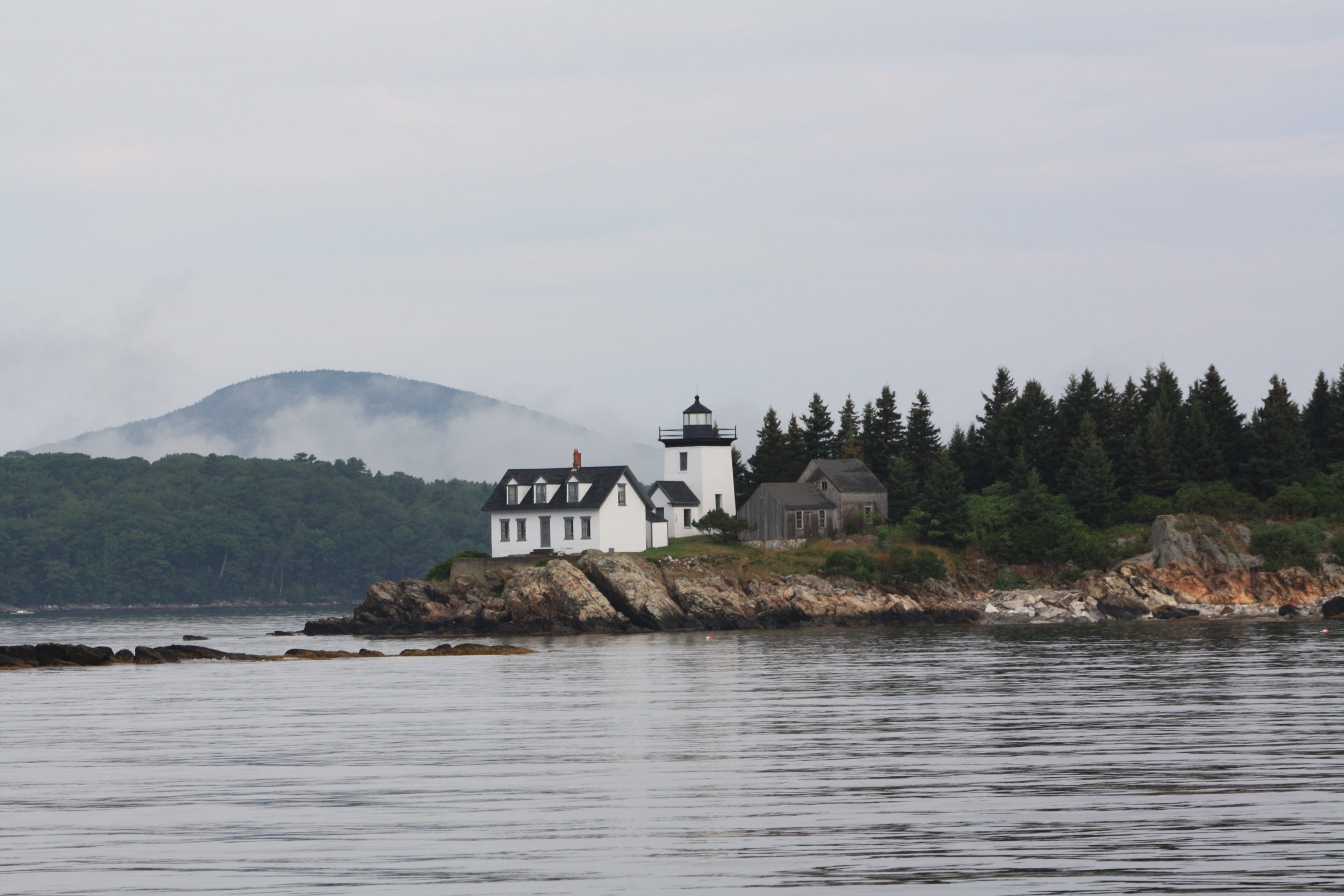
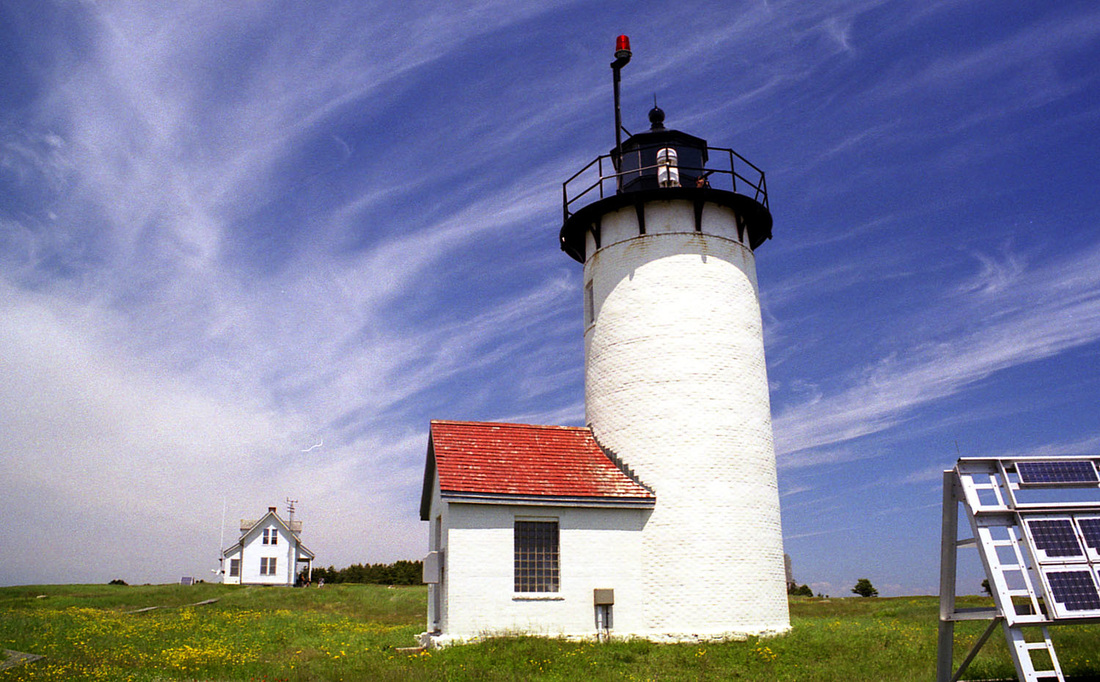
Category: The Maine Coast



